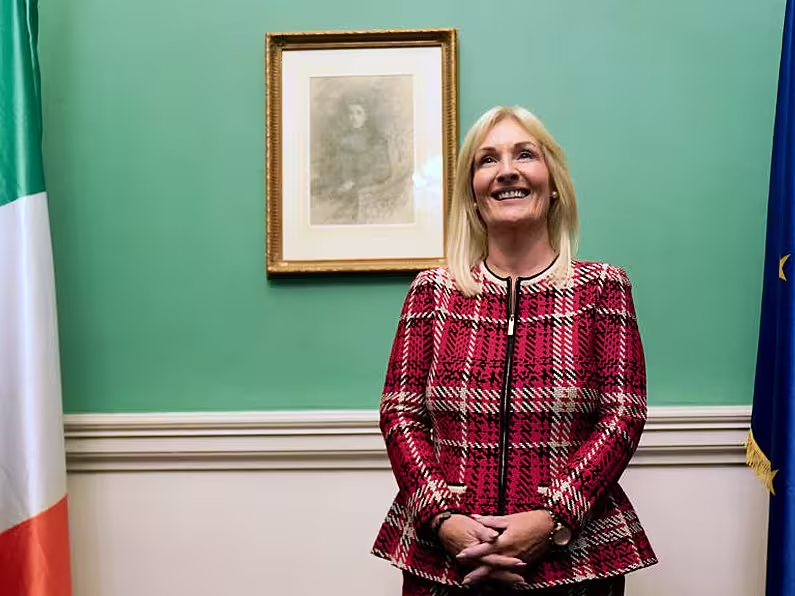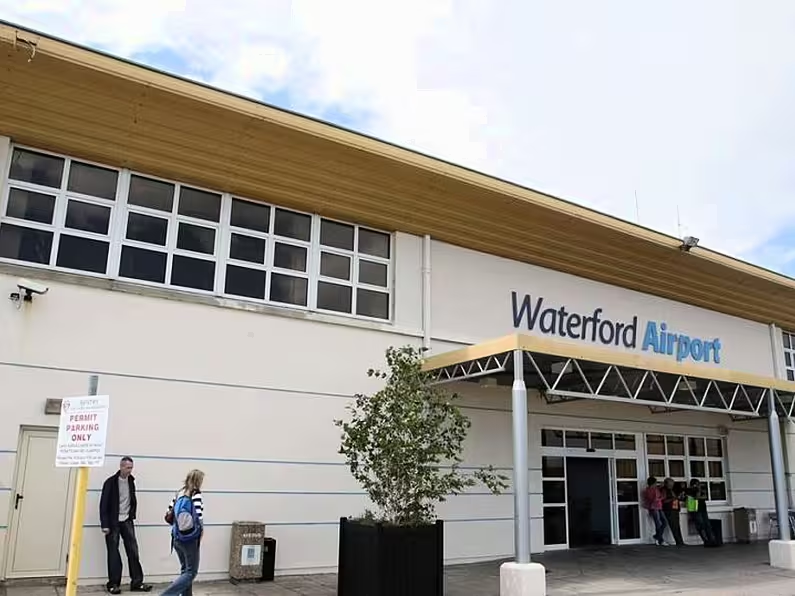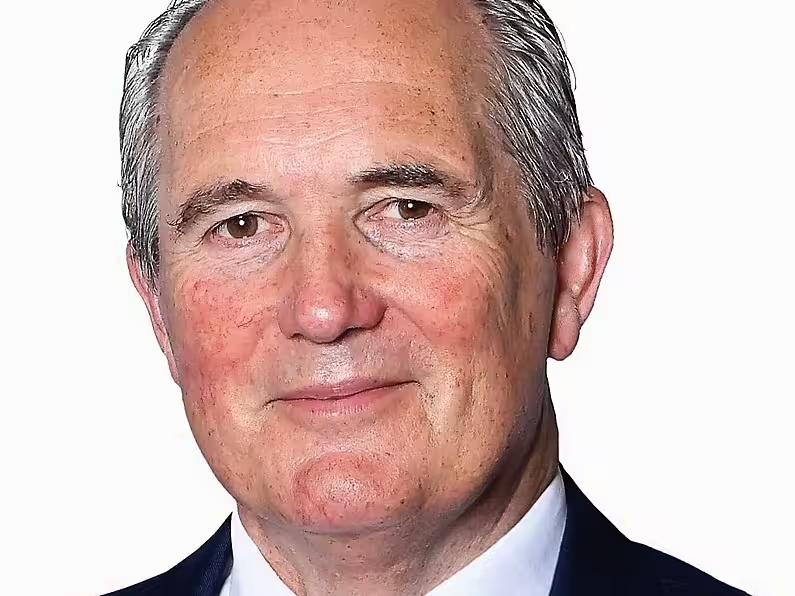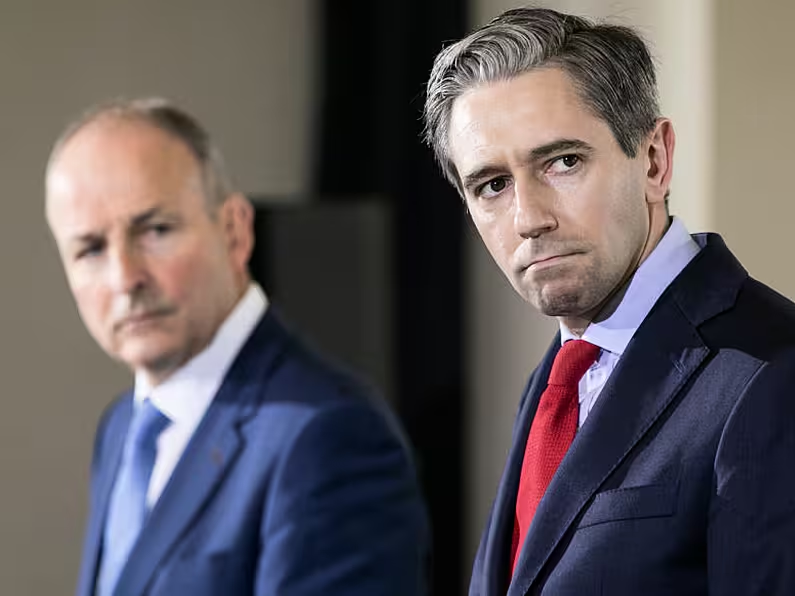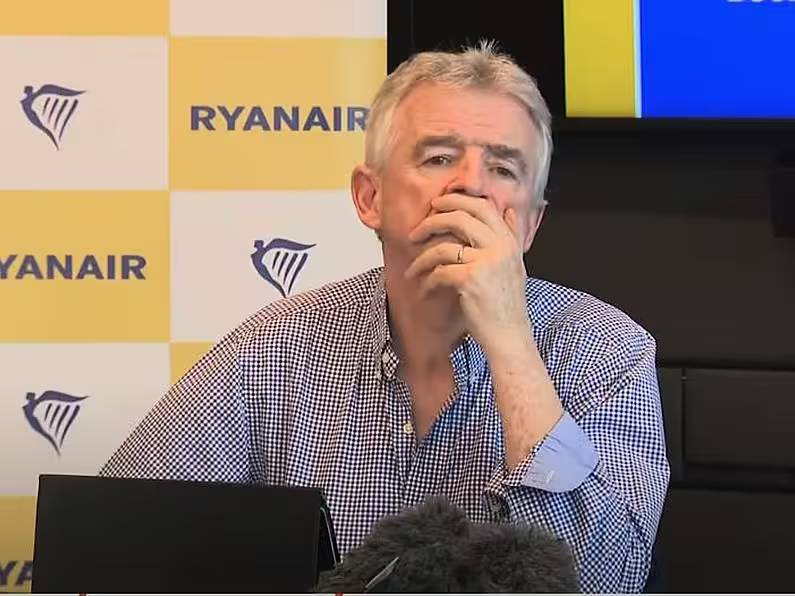Digital Desk Staff
Minimum pricing for alcohol will reportedly be brought in from January 2022 under proposals signed off by Cabinet.
Successive Governments have sought to crackdown on cheap alcohol as a public health measure and to reduce alcohol misuse.
With January 2022 on the horizon, here are answers to some key questions around the new pricing.
What will it mean for consumers?
With a minimum pricing for alcohol it will mean stores will not be able to choose the lowest price they sell alcohol. There will be a minimum price limit.
The plan is to introduce a minimum price of 10 cent per gram. This would mean the cheapest bottle of wine would cost €7.75 where previously it could cost under €5.
A 700ml bottle of supermarket vodka now costing between €13 and €14 would cost €20.71 under the system. Meanwhile, the cheapest 330ml can of lager will be at least €1.12.
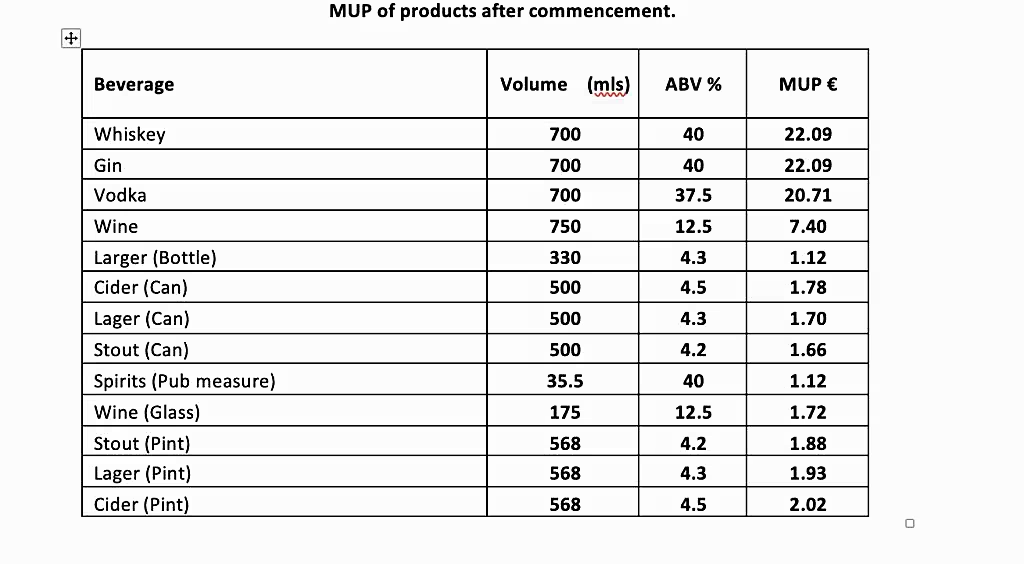
Will it impact on the price of a pint in pubs?
No, it only applies to alcohol being sold in stores and not pubs and restaurants.
Almost all drinks bought in such places are already sold well above any likely minimum price, so they will not be affected.
Why is it being brought in?
Ministers have said the misuse of alcohol in the country has increased dramatically in recent years. According to Alcohol Action Ireland, a man can drink the weekly low-risk limit of 17 standard drinks for as little as €7.65, while a woman consuming alcohol within the same guidelines can reach the weekly low-risk limit of 11 standard drinks for just €4.95.
Speaking at the official launch of the policy in Dublin today, Mr Donnelly said there is alcohol-related mortality of more than 1,000 people a year, while international analysis estimated there were 2,700 deaths attributable to alcohol in Ireland in 2016.
He added that it is “not OK and not healthy” that some supermarkets are currently selling alcohol “cheaper than they are selling water".
Who will the new pricing impact?
The idea is to hit heavy drinkers and young people who are more likely to seek out cheap drink.
Cheap alcohol in supermarkets and off-licences has long been blamed for an increase in alcohol-related deaths in Ireland, and international evidence suggests that price changes can have a big impact on how much people drink.
Has there been any kickback to the policy?
There has been resistance to minimum unit pricing (MUP) from the drinks industry, retailers and some TDs who feared people will cross the Border to buy drink. The drinks industry has warned that prices in the State could be twice those in the North.
Will Northern Ireland implement the same policy?
The intention had always been to bring in the measure at the same time as Northern Ireland.
However, efforts to introduce MUP in the North will not begin until mid-way through 2022 at the earliest and ministers here have decided to proceed from January.
Stephen Donnelly said Northern Ireland is “years away” from introducing a similar policy.
He said Stormont Health Minister Robin Swann does not believe he will be able to take introduce a similar measure in this mandate, which is due to end next May.
Will it really have an impact on people's drinking habits?
It has worked elsewhere, in Canada for example it was brought nearly a decade ago and had a huge impact. Scotland has also had a minimum unit pricing since May 2018, and just over a year after its introduction it was estimated that deaths caused directly by alcohol have fallen by 21.5 per cent.
Minister of State for Public Health, Frank Feighan said on Tuesday evening: “MUP is a targeted health measure which will ensure that cheap strong alcohol is not available to our most vulnerable people, children and young people at ‘pocket-money’ prices.”






